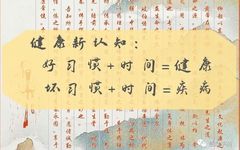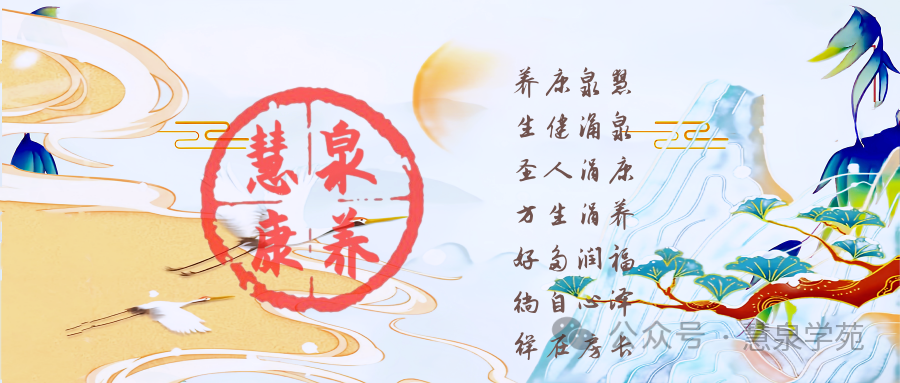

Health preservation, or yangsheng (养生), refers to the conscious adoption of a series of methods to maintain, regulate, and care for the body based on the natural laws of life development. This is primarily achieved through nurturing the spirit, adjusting diet, practicing physical exercises, and adapting to seasonal changes, with the aim of reducing disease, enhancing health, and prolonging life.
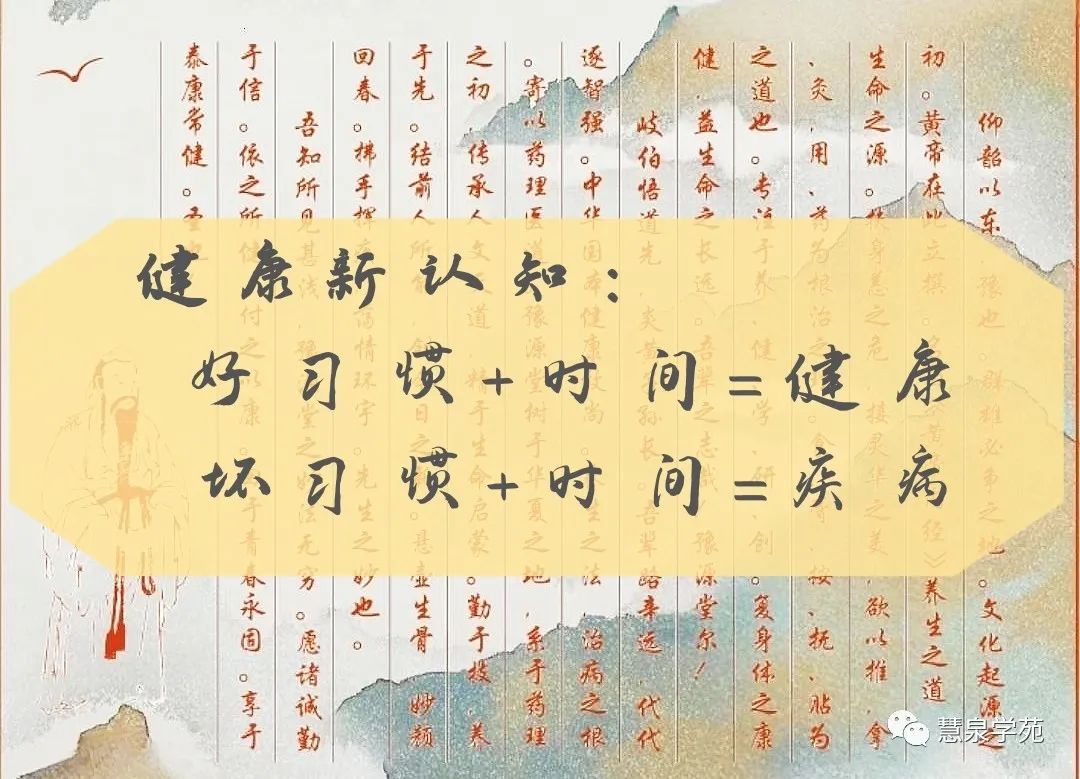
Health preservation is different from what is referred to as “fitness”. Fitness only pertains to strengthening the body, while health preservation encompasses a broader and deeper meaning,including fitness as well as mental and psychological aspects. In simple terms:health preservation aims to improve the quality of life and extend lifespan, ensuring both physical and mental well-being. The Huangdi Neijing (《内经》) describes the highest realm of health preservation: “In ancient times, those who understood the way followed the principles of yin and yang, harmonized with the techniques of numbers, maintained moderation in food and drink, adhered to regular routines, and did not overwork, thus their body and spirit were in harmony, allowing them to live out their natural lifespan, often reaching a hundred years before departing.”
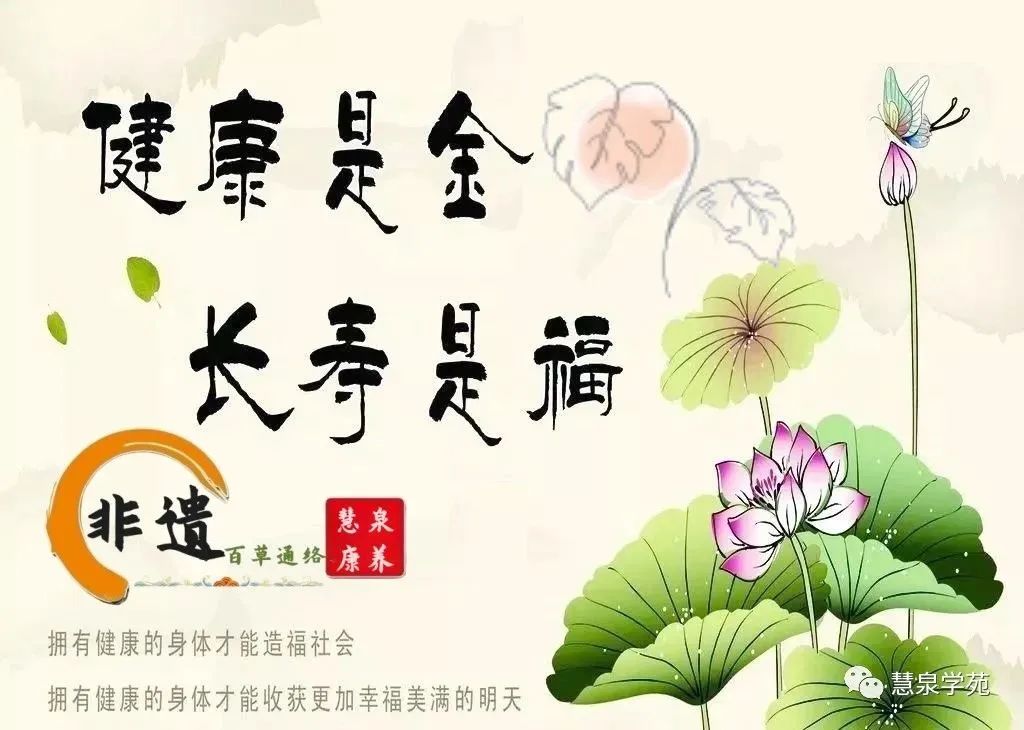
Health preservation is not about forcing oneself to do uncomfortable things, but is a lifestyle that aligns with the laws of life activities, bringing joy to both body and mind. Unlike fitness, which requires deliberate training at a gym, health-preserving activities can naturally integrate into daily life, becoming part of people’s everyday routines and work, embedding health preservation into leisure and entertainment activities. This holistic approach not only promotes comprehensive health but also enriches people’s lives and enhances their cultural quality.
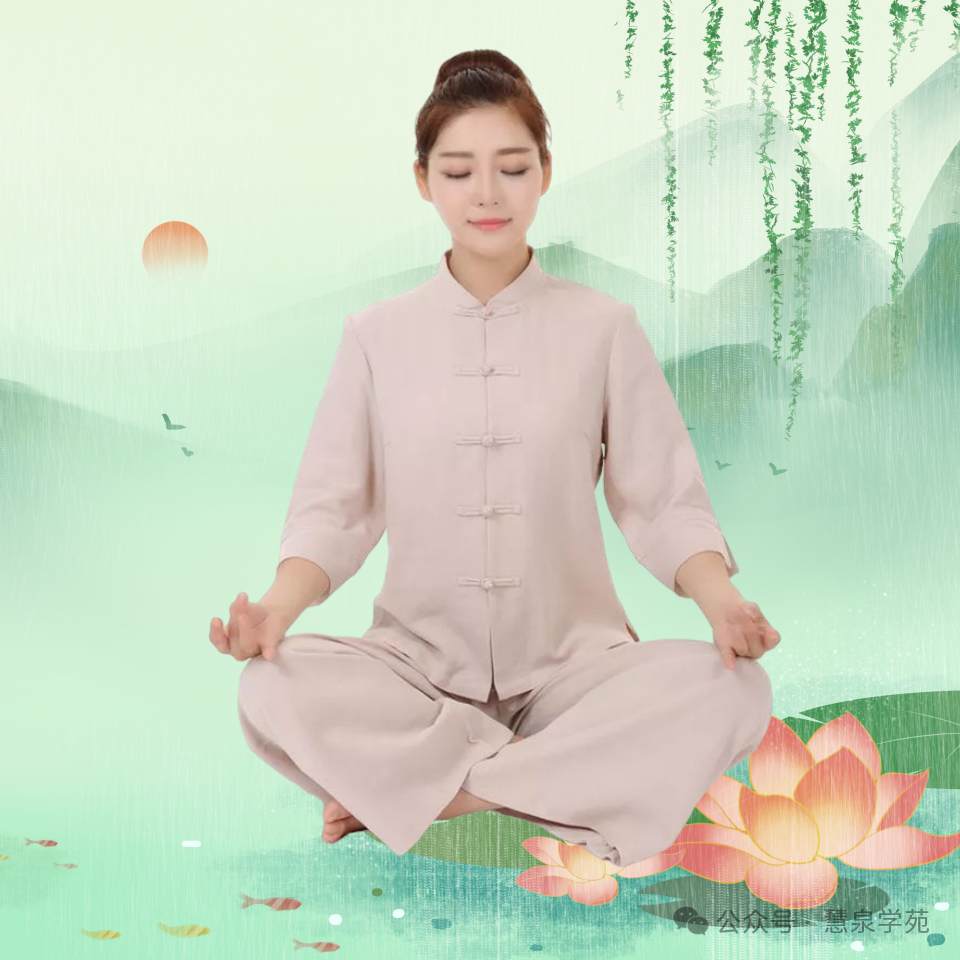
Additionally, one should learn about quiet nurturing, tea culture, medicinal cuisine, herbal baths, self-massage, guiding exercises, calligraphy, traditional Chinese music, martial arts, Tai Chi, and Qigong as health-preserving activities. It is not only important to understand these practices but also to master a few and engage in regular practice and experience. Many scientists have remarked after practicing: “Without practicing, it is difficult to appreciate the profound and mysterious principles of Traditional Chinese Medicine (TCM).” One can also practice Baduanjin (八段锦) and Yijinjing (易筋经), or under the guidance of a highly skilled teacher, cultivate Daoist sitting and forgetting (道家的坐忘) or Buddhist meditation (佛教的禅定).
Copyright statement: We emphasize sharing; the images and text are sourced from the internet, and the copyright belongs to the original authors. If there is any infringement, please inform us, and we will promptly delete and apologize.
Click the text below to learn more exciting content:
The most bizarre education in the world - Traditional Chinese Medicine
Promoting TCM culture, benefiting the health of the people, intangible cultural heritage - Baicao Tongjing Huoluo
Intangible cultural heritage Baicao Tongluo Shaolin Zhequan Hall: Spreading TCM culture, leading a healthy life
What are the advantages of intangible cultural heritage Baicao Tongluo compared to massage, moxibustion, and cupping?
Inheriting TCM adjustment therapy - Nine methods of cervical vertebra correction
